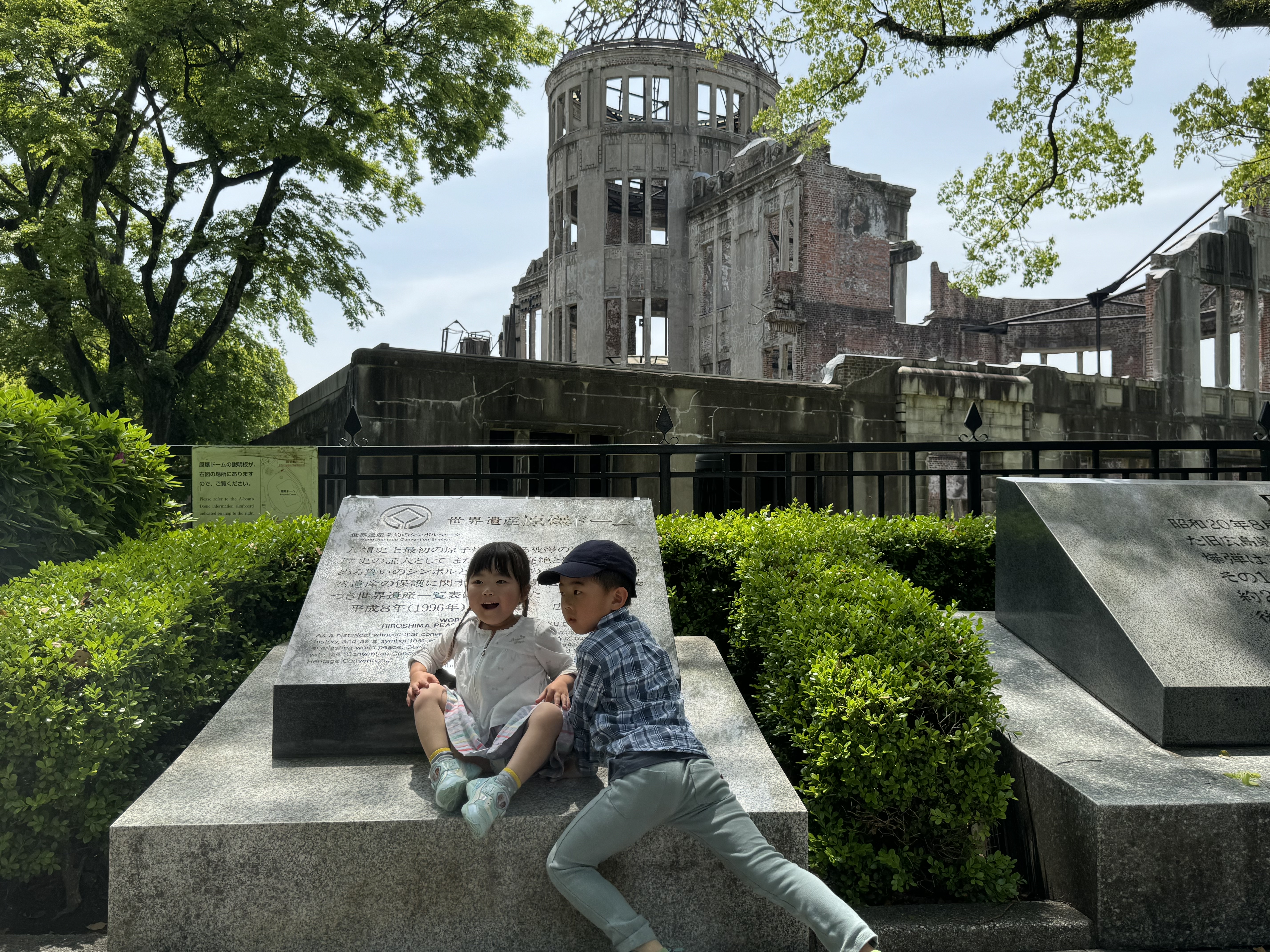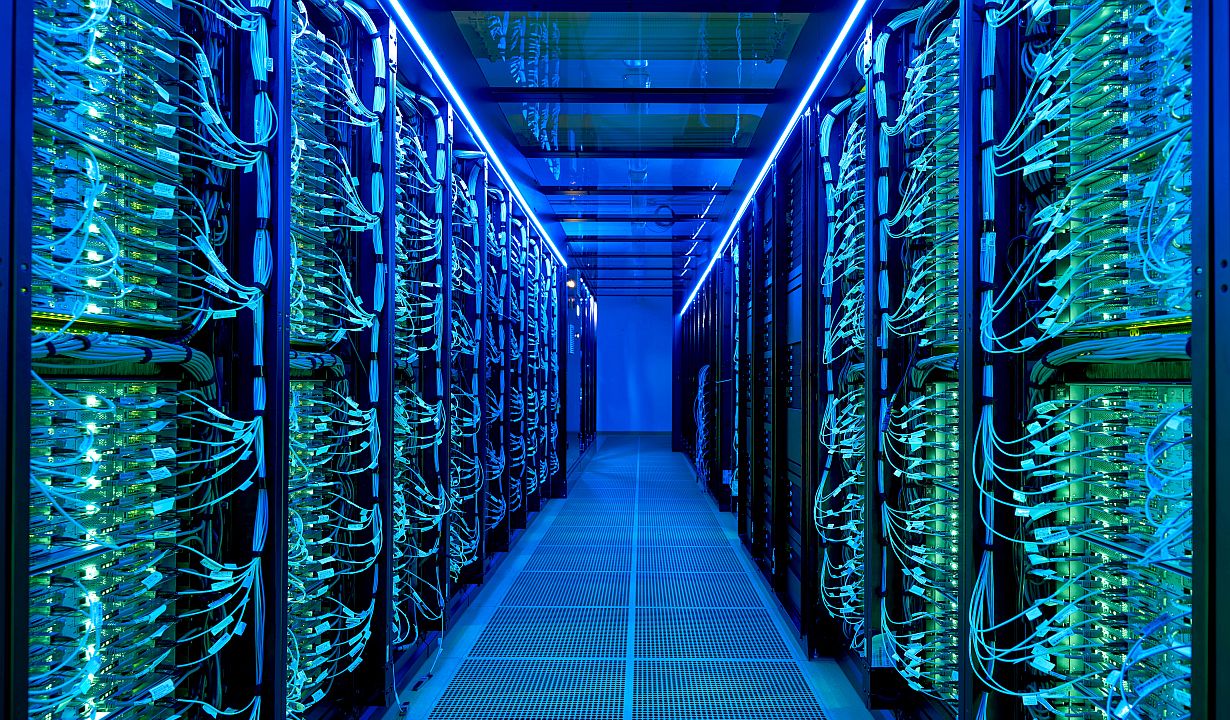Editor’s note: The below article first appeared in David Corn’s newsletter, Our Land. The newsletter comes out twice a week (most of the time) and provides behind-the-scenes stories and articles about politics, media, and culture. Subscribing costs just $5 a month—but you can sign up for a free 30-day trial of Our Land here.
For four decades, I’ve had a recurring nightmare in which a nuclear blast occurs. The scenario is not always the same. Occasionally, the detonation is an escalation in an ongoing conventional war. More often, it’s a bolt out of the blue: I and others are on the street, and we spot incoming missiles and have but a moment to realize what is about to transpire before the warheads explode.
These dreams began, not surprisingly, when I was a reporter-editor in the 1980s for a now-defunct publication that covered arms control issues. After several years in the job, I found the task of constantly thinking about nuclear warfare psychologically burdensome and moved on—though I have dutifully maintained an interest in the subject. During my stint at that magazine, I met victims of the nuclear era, including downwinders (people suffering severe medical ailments due to exposure to radioactive contamination and nuclear fallout from nuclear tests) and survivors of the US nuclear attacks on Hiroshima and Nagasaki at the end of World War II. Their tales were haunting and cautionary, descriptions of the past and foretellings of a possible and awful future. Given all this, when I visited Japan as a tourist last month, I felt compelled to go to the first of the only two cities that have experienced nuclear devastation.
On the day I visited, it was full of life and people: families, tourists, young couples, street performers. It is a testament to resilience.
Hiroshima is a wonderment. At 8:15 a.m. on August 6, 1945, on the orders of President Harry Truman, an American B-29 dropped a bomb that contained 141 pounds of uranium-235 over the center of the city. Hiroshima had been selected as a target by a committee comprising military officials and scientists from the Manhattan Project because it was an industrial center and home to a major military command—and its surrounding hills, according to the committee, would likely “produce a focusing effect which would considerably increase the blast damage.” The bomb detonated about 1,900 feet above ground. The blast leveled a 4.5-square-mile area and set off a firestorm that spread throughout the city. Tens of thousands of civilians were incinerated or injured that day. An estimated total of 140,000 Hiroshima residents were killed by the bombing or the ensuing radioactive fallout over the next few months. Many more died in succeeding years.
Today, 79 years later, Hiroshima, founded as a castle town in 1589, is a thriving city of 1 million people that boasts an active port and assorted industrial facilities and that is renowned for its delicious oysters. After the bombing, experts proclaimed that nothing would grow for at least 75 years in the wasteland created. Yet today the main avenue that leads to the blast site—Peace Boulevard—is lined with large leafy trees that were donated to Hiroshima from cities across Japan. And Peace Memorial Park, located where the bomb fell, is lush with flora. On the day I visited, it was full of life and people: families, tourists, young couples, street performers. It is a testament to resilience. What was once a hellscape is now a lovely spot where one can watch a Japanese troupe performing traditional Hawaiian dances alongside the Motoyasu River and eat takeout sushi beneath the iconic Atomic Bomb Dome, the only structure that was left standing in the blast zone. It was hard to reconcile the utter pleasantness of this Saturday morning with the horrific destruction that had occurred here merely a single lifetime ago.







